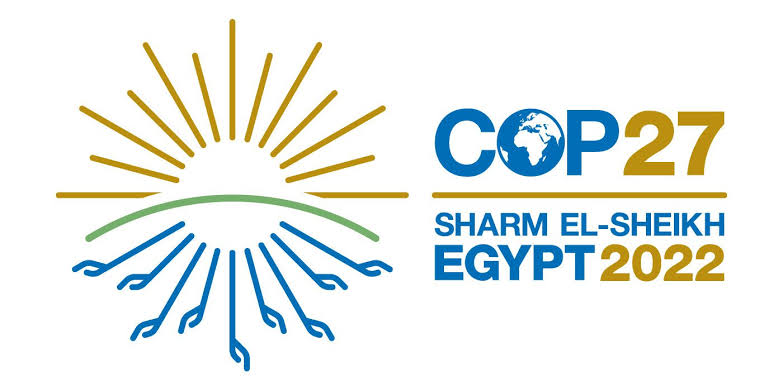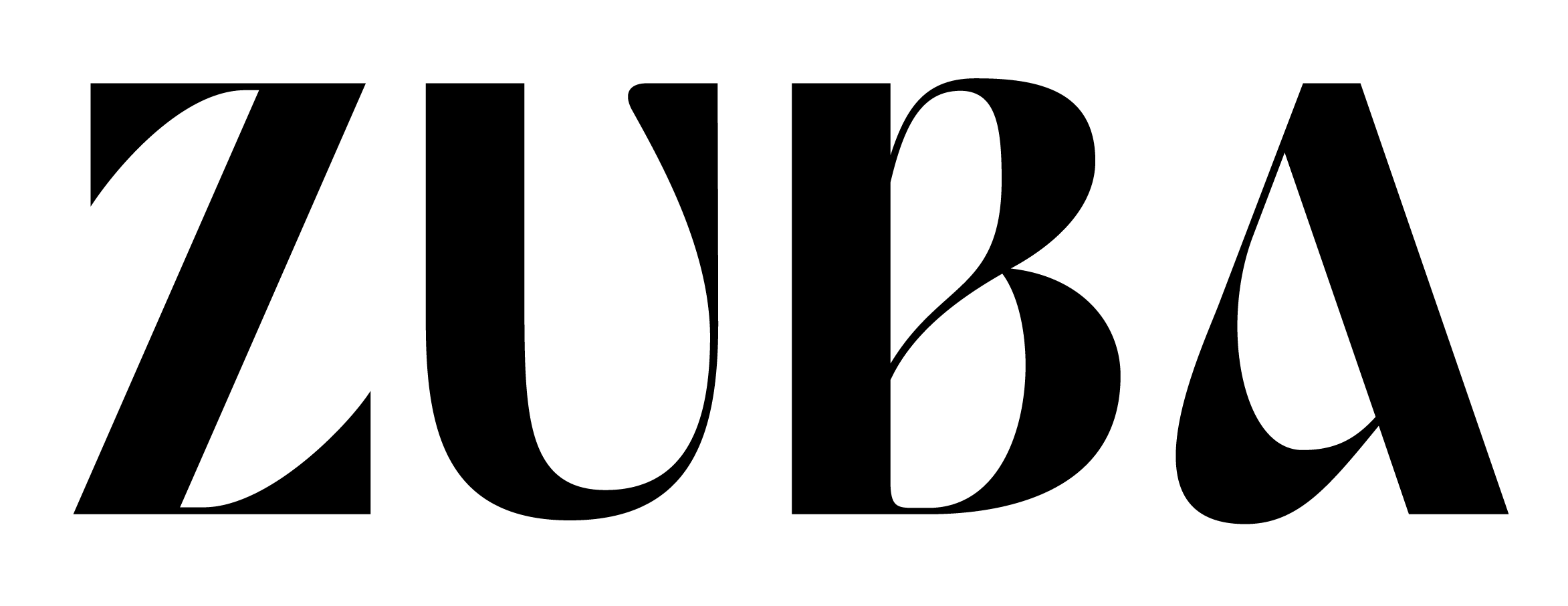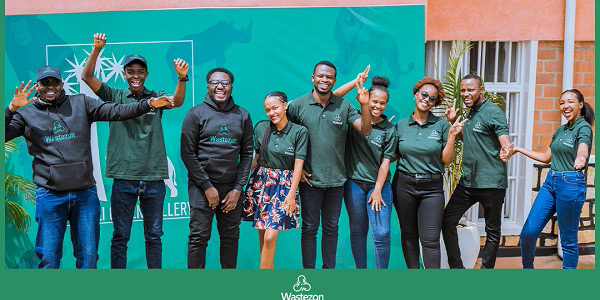Ghislain Irakoze, founder of Wastezon Limited, is on a mission to create electronic waste free world.
He believes technology can be leveraged to avert tons of harmful greenhouse gas emissions associated with dumping of e-waste generated daily from the fast expanding ICT sector in the country and across the African continent.
Using a mobile and web application, Mr. Irakoze, and a dozen fellow Rwandan young people created and operate since 2019, has been on a journey to eliminate the notion of electronic waste by making it possible for consumers to sell used electronic materials.
The platform also interlinks actors in the value chain namely recyclers and manufacturers of electronics to trace, sort, and collect used materials in a way that promotes refurbishment, reuse, repurposing materials into useful products or repair.
This happens at the touch of a button, and used materials like mobile phones, laptops, computer accessories, printers, tablets, TVs and others that could be thrown away get another lifespan, effectively averting both environmental and health dangers.
“We are allowing consumers to transact their electronic waste instead of dumping them,” Mr Irakoze said of the digital app he created in reaction to an incident that almost cost life to his former classmate back in 2011.
The garbage heap hit his friend while on assignment at a landfill site in rural Musanze District who later spent weeks in hospital nursing leg injuries. The incident would trigger Mr. Irakoze to embark on the journey he is on now – to create a waste-free world.
At least 400,000 tonnes of electronic materials were transacted as at this year through Wastezon digital application, which he says is equivalent of 2,600 tonnes of carbon emissions diverted.
“These are materials that could end up in the landfill and we returned it in economy, that’s how we are changing consumption behavior and that save the environment,” he told Rwanda Post.
The initiative effectively makes it possible to tackle the growing e-waste problem in Rwanda as it averts both health and environmental dangers associated with the hazardous waste generated by users in the fast expanding ICT market.
A 2015 detailed inventory of electrical and electronic waste carried out by the Rwanda Ministry of Trade and Industry indicated that the country generated 15,000 tons of e-waste annually, of which only 500 tons were formally collected.
This was before the entry of electronics makers like Positivo BGH and Mara Phone into the Rwandan market.
Inefficient collection system saw e-waste recycling firms like the subsidiary of the Dubai-based EnviroServe that later entered the Rwandan market struggle to get the volumes held by individuals, homes, businesses and small shops that scavenge on the materials.
Traceability
Wastezon has been changing this by enabling actors in the value chain to interlink or connect in real time through the digital application to purchase back or acquire obsolete electronic products, second hand electronic products from consumers to re-manufacture, repurpose or extract valuable materials to make other products.
The quality and security vetting of electronic materials done by Wastezon team also enable manufacturers to get details on their materiality of available electronics such as numbers of copper content and others before they can price them or consider purchasing.
“So this allows manufacturers to access secondary raw materials from electronic products and by that we are reducing dependence on virgin mining which is not environmentally friendly. These are quality vetted secondary raw materials that they can actually base on to re-manufacture other products,” said Irakoze.
The platform so far attracted 1600 household consumers, 240 institutional consumers and over 120 local recyclers and international recyclers.
——–
INTERVIEW EXCERPTS
QN: How has the e-waste situation changed since you started?
Now people know which repurposing possibilities they can actually leverage to reduce their waste. There is still more work to do to scale up our platform toward communities in Rwanda, hence ensuring that we can achieve maximum possible impact. Beyond that it will require close collaboration in the value chain in terms of getting manufacturers and other stakeholders on board.
QN: What challenges are you facing and how could platforms like COP27 meet the needs of young people like yourself with climate initiatives?
The journey has been challenging in terms of getting finance and creating strong partnership with other institutions, for instance most financial institutions are not ready to accommodate startup ideas, so you need to find other types of finance to leverage, and most of those instruments could either be grants or equity investments which are so hard and time consuming to get.
We need strong partnerships to grow, and most times corporate and other institutions are reluctant to put their confidence in startup companies. That’s pose challenges in terms of growing, accessing different infrastructures.
There is need for COP27 to ensure close collaboration between the stakeholders in this regard. Another thing I’m looking forward to is accountability. We need accountability measures to ensure that action plans which are developed can be implemented after COP.
Written by Johnson Kanamugire
This article was produced as part of the ‘COP27 AFRICAN YOUTH VOICES’ serie, a collaboration between Rwanda Post, GLIM and L’Écologiste to amplify youth initiatives and voices to mark COP27, courtesy of the African Union (AU) Media Fellowship.


